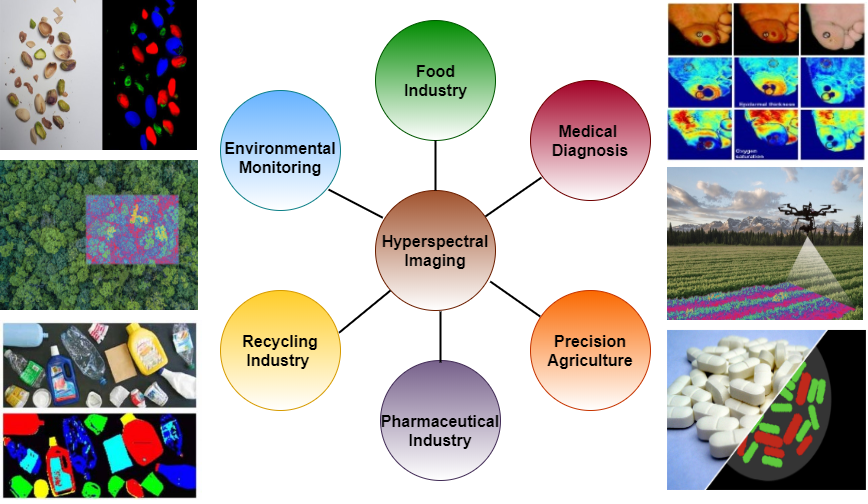Hyperspectral Image Classification-Traditional to Deep Models: A Survey for Future Prospects
Hyperspectral Imaging (HSI) has been extensively utilized in many real-life applications because it benefits from the detailed spectral information contained in each pixel. Notably, the complex characteristics i.e., the nonlinear relation among the captured spectral information and the corresponding object of HSI data make accurate classification challenging for traditional methods. In the last few years, Deep Learning (DL) has been substantiated as a powerful feature extractor that effectively addresses the nonlinear problems that appeared in a number of computer vision tasks. This prompts the deployment of DL for HSI classification (HSIC) which revealed good performance. This survey enlists a systematic overview of DL for HSIC and compared state-of-the-art strategies on the said topic. Primarily, we will encapsulate the main challenges of traditional machine learning for HSIC and then we will acquaint the superiority of DL to address these problems. This survey breakdown the state-of-the-art DL frameworks into spectral features, spatial features, and together spatial-spectral features to systematically analyze the achievements (future research directions as well) of these frameworks for HSIC. Moreover, we will consider the fact that DL requires a large number of labeled training examples whereas acquiring such a number for HSIC is challenging in terms of time and cost. Therefore, this survey discusses some strategies to improve the generalization performance of DL strategies which can provide some future guidelines.
PDF Abstract




 Indian Pines
Indian Pines
 Pavia University
Pavia University
 Kennedy Space Center
Kennedy Space Center
 Houston
Houston